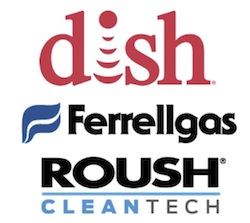 A company operating in the U.K. has just completed its biggest shipment of tallow-to-biodiesel, and the green fuel is set to power aviation. This article from Bdaily Business News says Leo Group has shipped 10,700 tonnes of tallow recycled into about 3 million gallons of biodiesel in four ocean tankers.
A company operating in the U.K. has just completed its biggest shipment of tallow-to-biodiesel, and the green fuel is set to power aviation. This article from Bdaily Business News says Leo Group has shipped 10,700 tonnes of tallow recycled into about 3 million gallons of biodiesel in four ocean tankers.
The overseas shipments come as the company marks another environmental milestone; the tallow and poultry oils produced at both of these rendering plants are now certified under the International Sustainability & Carbon Certification (ISCC) scheme.
The ISCC seal is used by industry to distinguish between truly sustainable and unsustainable biomass fuels.
Leo Group managing director Danny Sawrij said: “We are delighted that customers around the world are drawing upon our expertise to drive down the world’s carbon footprint.
“Waste is not in the Leo Group’s vocabulary or culture – everything these days has a use and 100% of all by-product materials on our sites are now recycled.”
Biofuels use in Europe is expected to increase over the next few years, especially those fuels produced from non-food sources.









